In times of crisis, drastic measures are necessary. In the fourth quarter of an NBA Finals game, a team may occasionally perform a move that it hasn’t done much of throughout the season. That was the situation on Friday, when the Oklahoma City Thunder made a significant change and maybe saved their season by using a little-used maneuver. Together, the Thunder’s two All-Stars rallied their team from a seven-point deficit in the fourth quarter to win Game 4 111-104, tying the Finals at two games apiece. Shai Gilgeous-Alexander scored 15 of his 35 points in the last five minutes of the fourth quarter after finding a matchup he liked. This series is now a best-of-three series, with two of the three games being played in Oklahoma City. The Thunder outplayed the Pacers in clutch time after getting stops on the other end of the court and scoring on 15 of their last 18 possessions. Here are some statistics, notes, and video showing how Gilgeous-Alexander outscored the Pacers in the last five minutes after releasing Andrew Nembhard. 1. The greatest screeners are the best gamers. Gilgeous-Alexander does not screen; he handles the ball. Second Spectrum tracking showed that he had put precisely two screens on the ball and seven off the ball through the first three Finals games. However, because their defenders are reluctant to go, the top players can also be the best screeners. On Friday, Gilgeous-Alexander established his third ball-screen of the series halfway through the first quarter. He simply tapped Ben Sheppard on the shoulder as he passed by, without actually setting it. In Game 4, 23 of Williams’ 27 points came from the paint or from free throws. The Pacers are plus-48 outside the paint over the four games, while the Thunder are plus-32 in the paint and plus-29 at the line. It wasn’t until early in the third quarter that Gilgeous-Alexander set another ball-screen. To keep Williams out of the paint, the Pacers switched it this time. The MVP isolated against Aaron Nesmith after he returned the ball to him. Williams missed an open catch-and-shoot 3. 2 after Nembhard sat at the nail to assist on the iso. Taking aim at Nesmith Halfway through the fourth quarter, Gilgeous-Alexander set ball-screen No. 3 with the Thunder behind by two points. Once more, it was merely a tap, and Williams was able to defeat his man (in this case, Nesmith), with Nembhard remaining devoted to the MVP. Layup by Jalen Williams Gilgeous-Alexander took Nesmith off the ball with a strong screen for Williams three possessions later, when the Thunder were down four points. The MVP took Nesmith to the nail (middle of the foul line) for an isolation after Nembhard shifted it, giving his best impression of Dirk Nowitzki. Nesmith was forced to the line for two of the MVP’s ten free throws in Game 4 after he was caught with his hand in Gilgeous-Alexander’s area. The same thing happened with the next possession. Alexander-Gilgeous screen. Nembhard switch. Nembhard returned to double-team Gilgeous-Alexander this time. With little under three minutes remaining, Williams attacked his close-out and gave it back to the MVP, who made a 3-pointer to put the Thunder within one. Alexander-Shai Gilgeous 3-pointer Setting a ball-screen with the player the target defender is defending usually gives teams the matchup they desire. However, setting the screen on the target defender might be just as useful for the star offensive player. Nowitzki usually did this to get the switch he desired and then take the opposing guard to the nail so he could shoot over the top. 3. Thunder favors Nesmith, while Pacers like Nembhard In the conference finals, Nesmith performed a fantastic job protecting Jalen Brunson. He weighs roughly twenty-five pounds more than Nembhard and is two inches taller. Additionally, Gilgeous-Alexander scored 45 points against the Pacers in a game that Nesmith missed during the regular season, going 11 for 18 against Nembhard. The Pacers were able to put Nesmith on the MVP list because the Thunder played their smaller starting lineup in the first three games of the Finals. However, they refused to accept it and continued to support Nembhard. And we seen why the Thunder want that switch in the final moments of Game 4. Nesmith was paired with Gilgeous-Alexander in transition, thus the Thunder didn’t need to exchange players on the possession following the 3-pointer. To allow the MVP to go to work alone, the other four Thunder players stayed away. With Nembhard’s assistance a bit too late, he fell after losing Nesmith but still managed to drain a step-back jumper to give the Thunder their first lead since the second quarter. Alexander Shai Gilgeous step-back jumper After three possessions, the Thunder had a two-point lead with just under a minute remaining. Gilgeous-Alexander isolated against Nesmith from the top of the floor, got another switch, and set up one more screen for Williams. He wheeled back to the center of the paint after driving to the left and drawing another foul. After Nesmith fouled out, Gilgeous-Alexander made two more spectacular free shots to put his team up four. Out of the 82 players who have played at least 175 postseason minutes, Nesmith currently has the highest average of 5.1 fouls per 36 minutes. And it might be the main factor making him an unsuitable MVP matchup. Second Spectrum reported that through the first three Finals games, Gilgeous-Alexander and Williams had established three ball-screens for each other. They tied for the most ball-screens they had set for one another in their three years of dating in Oklahoma City (229 games total) in Game 4 with nine sets. In the last twelve minutes, they set each other a record of seven points, which was the most in any quarter during that period. The Thunder made a change when they were in real danger of dropping to a 3-1 deficit in the Finals, and their adaptability paid off.
Search
Latest Posts
Latest Comments
Categories
Archives
- June 2025 (50)
- April 2025 (30)
- March 2025 (2)
Tags
Newsletter
“

By signing up, you agree to the our terms and our Privacy Policy agreement.
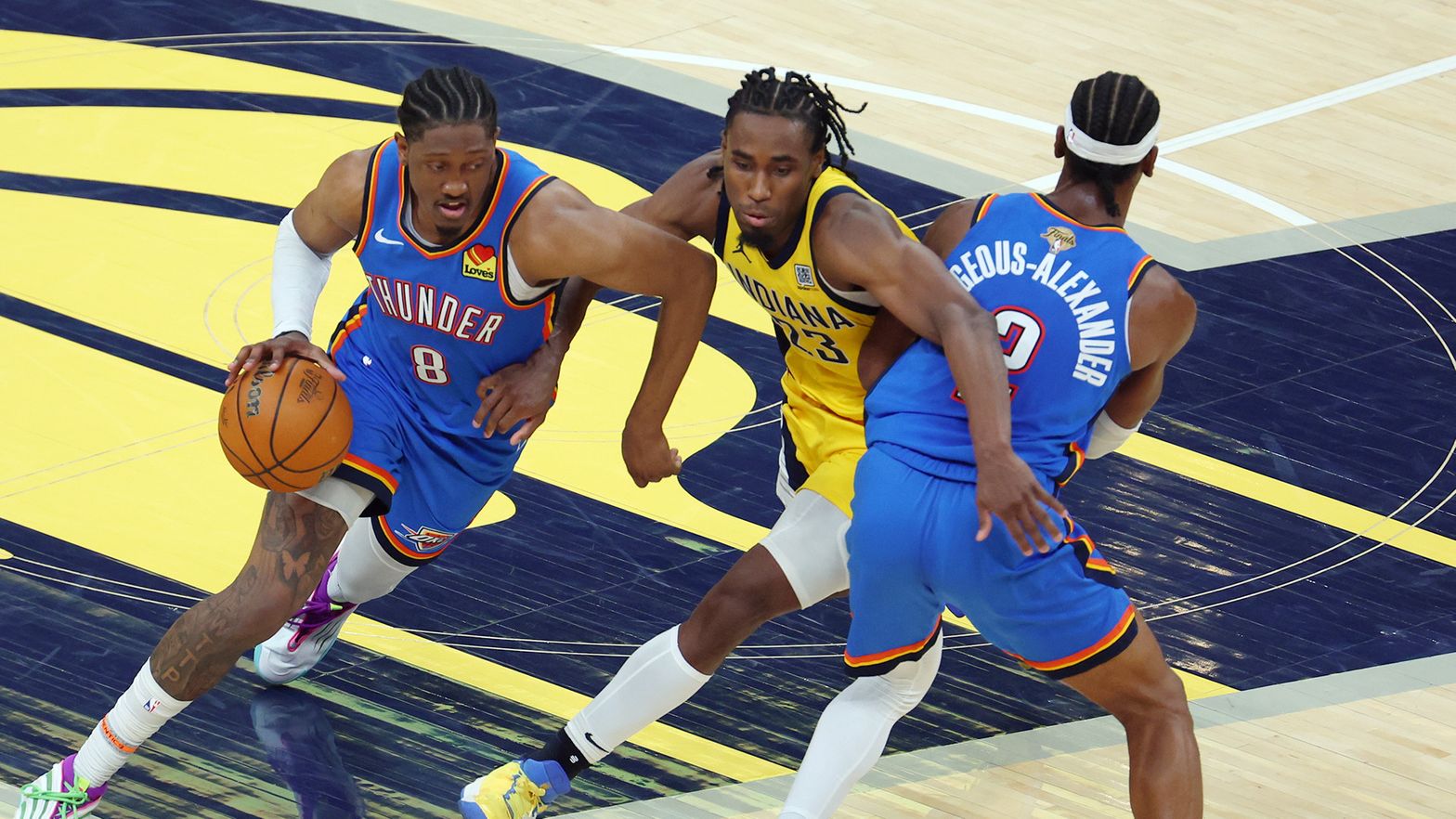

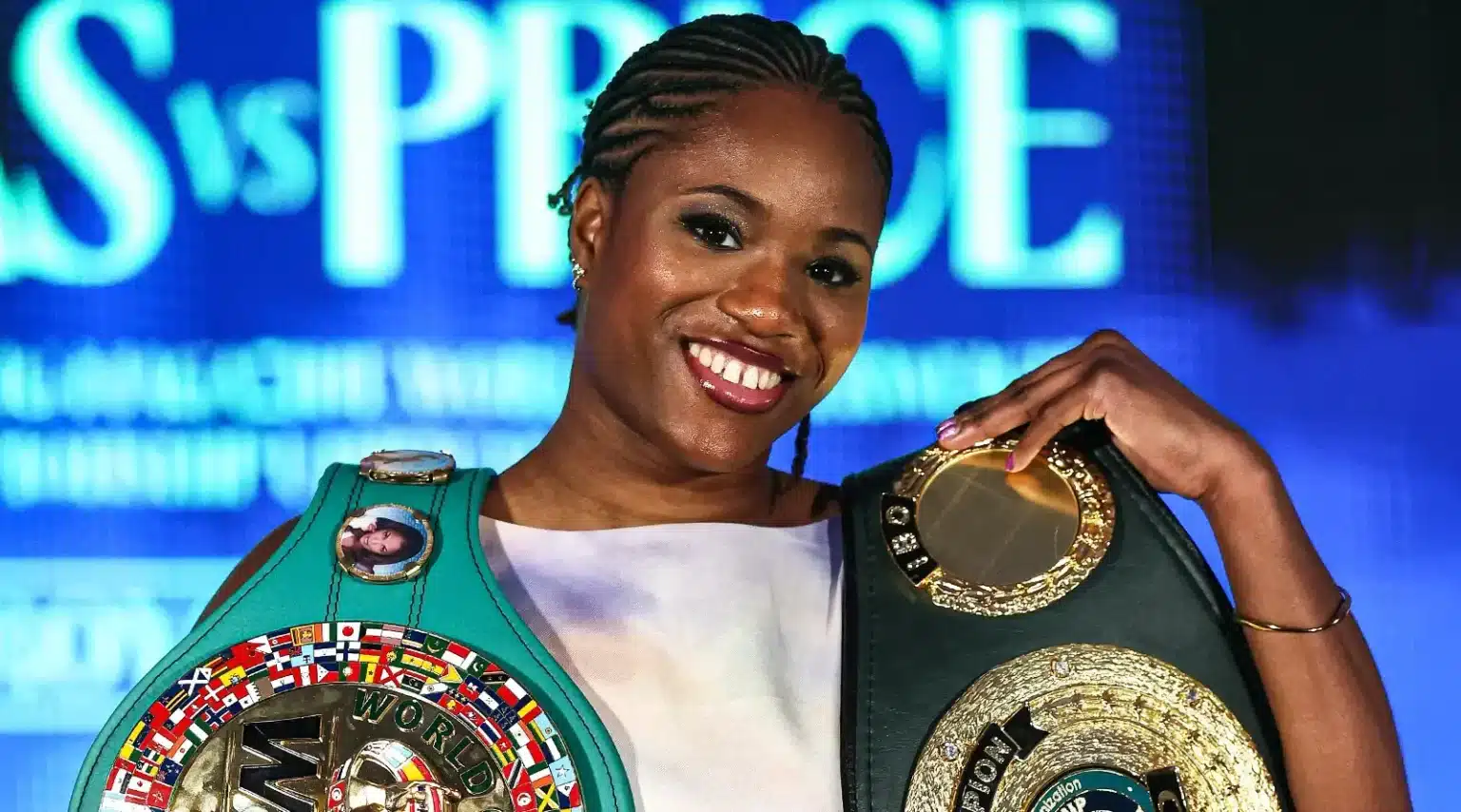
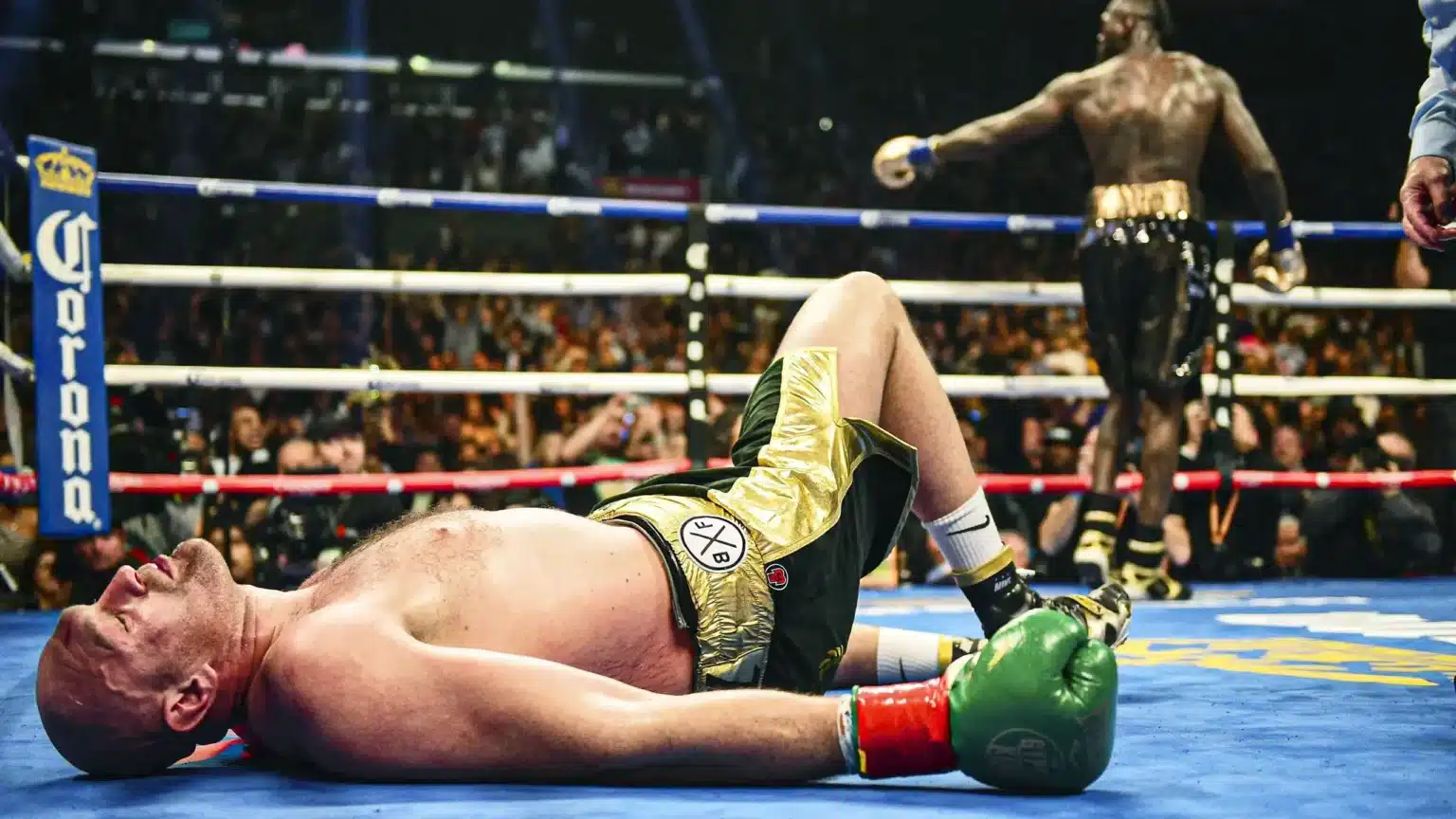
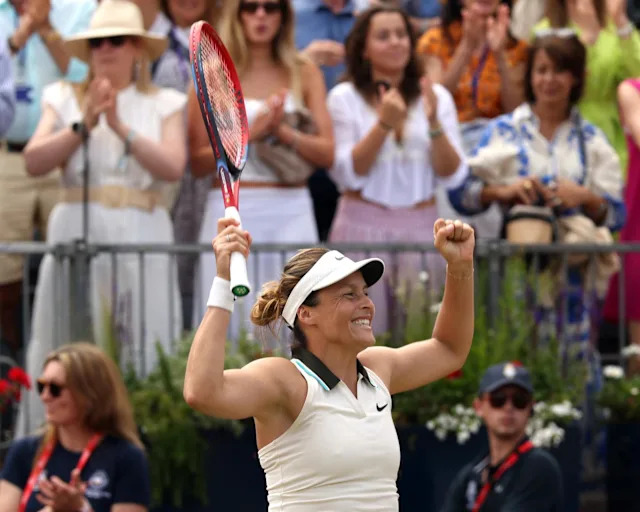
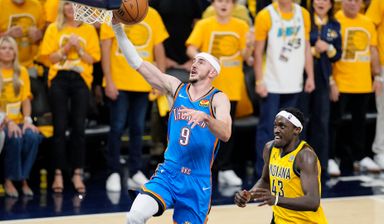
Leave a Reply